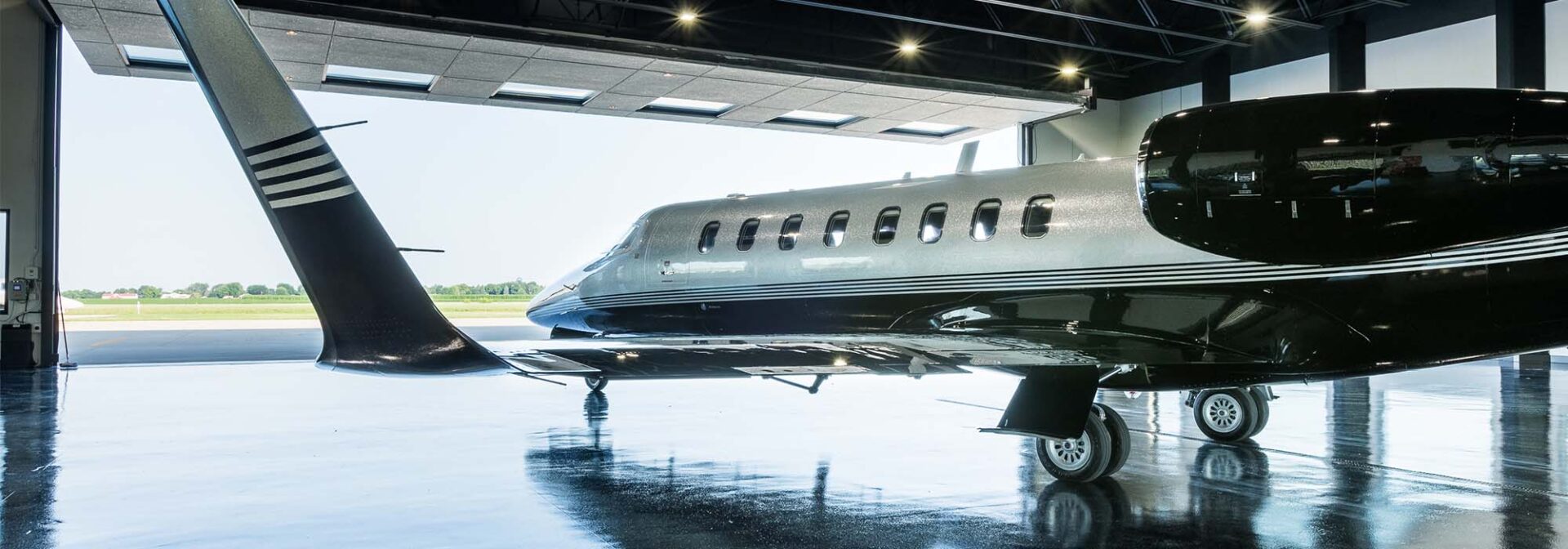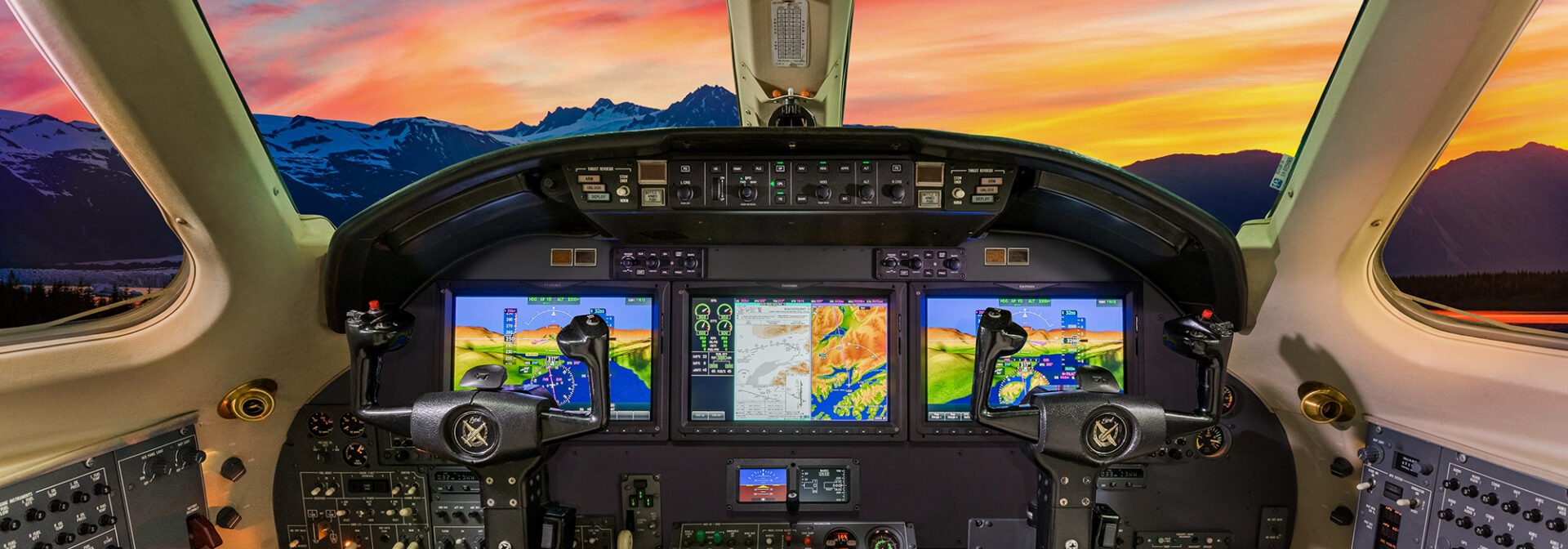Introduction: More Than Skin Deep
Aircraft paint is often perceived as purely cosmetic, but its role goes far beyond aesthetics. A properly applied and maintained paint system protects the airframe from corrosion, preserves resale value, and contributes to the overall longevity of an aircraft. Conversely, shortcuts or improperly applied coatings can lead to significant maintenance issues, costly repairs, and a degraded aircraft pedigree over time.
Owners often focus on initial cost when selecting a paint shop, but the reality is that the upfront price is only one part of the equation. Understanding the technical considerations behind a paint job, the procedures followed during application, and the environmental controls of the paint facility is critical to making an informed decision.
The Complexity Behind Aircraft Paint
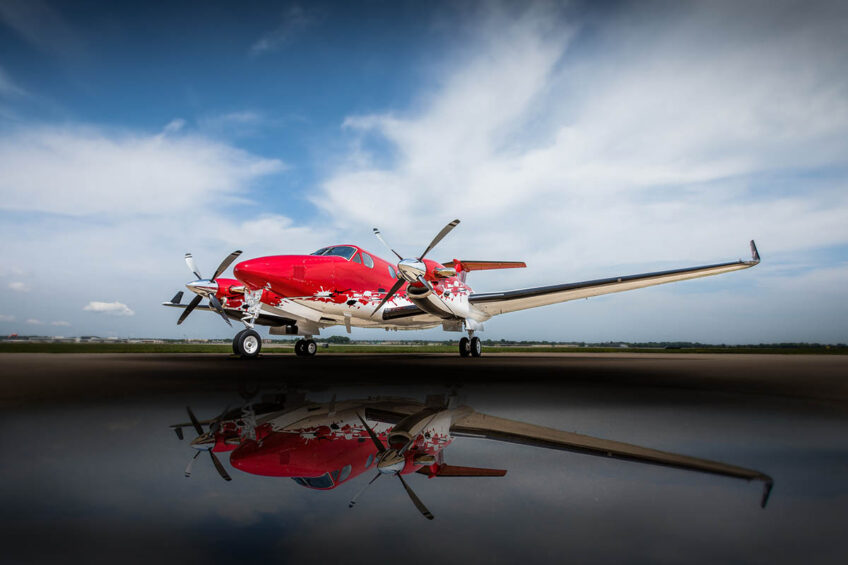
Painting an aircraft is a highly technical process. It requires detailed surface preparation, precise application, and rigorous quality control. Key factors include surface preparation and corrosion control: before paint is applied, the aircraft must be stripped to bare metal. This allows technicians to inspect for corrosion or structural irregularities. Inadequate stripping or inspection can leave corrosion untreated, which may later compromise both the airframe and the new paint system.
Primer and topcoat application is equally important. The primer provides corrosion protection and promotes adhesion for the topcoat. Variations in primer thickness, improper curing, or incorrect topcoat application can reduce the longevity of the finish and lead to premature peeling, chalking, or color fading. Logos, stripes, and accents require precision masking. Any deviation can create visible defects or require costly touch-ups later.
Aircraft paint is not simply “spray and dry.” Each step interacts with the next, and skipping or condensing steps can create problems that aren’t immediately visible, only emerging months or years after the work is completed.
The Role of Facility Design in Quality
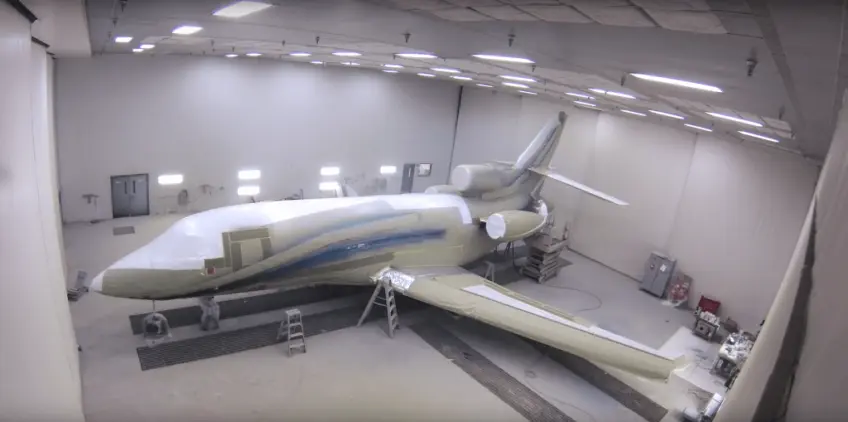
The environment in which paint is applied is just as important as the materials or technique. At Elliott Aviation, our paint facility is designed to control variables that affect adhesion, finish consistency, and long-term durability.
Our booth uses floor-level downward airflow to remove overspray and contaminants from the environment. This reduces imperfections and ensures an even coating across the entire airframe. It also allows us to maintain a consistent environment for every step of the process, which is critical for adhesion and long-term durability.
Temperature and humidity significantly influence how paint adheres and cures. Controlled conditions prevent uneven drying, maintain gloss retention, and reduce the risk of chemical defects in the coatings.
We also utilize electrostatic paint guns, which charge paint particles so they are naturally attracted to the aircraft surface. This improves coverage efficiency, reduces overspray, and promotes uniform coating thickness, enhancing both finish quality and material usage. Understanding these technical elements helps aircraft owners appreciate why procedures and facility design matter. A paint booth with these features supports long-lasting results and can significantly reduce the risk of future maintenance issues.
Common Issues in Lower-Cost Paint Jobs
Aircraft that have received lower-cost paint often exhibit predictable issues. According to our paint operations director, Roy:
- Corrosion is sometimes covered rather than treated properly.
- Primer is applied inconsistently, leading to uneven adhesion or premature peeling.
- Logos, stripes, or accents are misaligned.
- Surface imperfections require corrective sanding or rework.
Even if these issues are not immediately apparent, they often emerge within a few years, resulting in additional maintenance costs and downtime. Comparing quotes solely on price can be misleading because not all shops follow the same procedures or environmental standards.
Comparing “Apples to Apples”
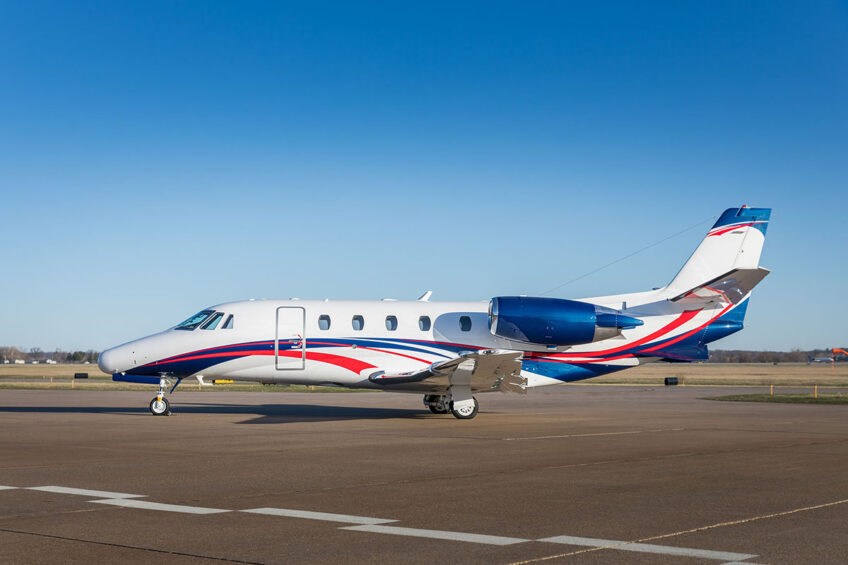
One of the biggest challenges for aircraft owners is ensuring that quotes and proposals are truly comparable. Paint systems, application methods, and environmental controls vary widely between facilities. An apparent savings of tens of thousands of dollars may disappear once the long-term consequences of shortcuts or substandard practices are factored in.
When evaluating paint shops, owners should consider the scope of surface preparation, material quality, application techniques, environmental controls, and quality assurance practices. Understanding these factors helps owners make informed decisions beyond just the initial price, aligning expectations with long-term value.
The Long-Term Perspective
Investing in a well-executed, technically rigorous paint job provides benefits that extend far beyond appearance. Properly applied coatings last longer, resist fading, and maintain adhesion, reducing the likelihood of early repainting. Buyers and brokers increasingly recognize high-quality paint as an indicator of proper maintenance and care. A well-documented, premium paint job enhances resale value. A quality job also minimizes the need for rework, touch-ups, or corrective maintenance, keeping the aircraft operational and reducing unexpected service interruptions. Paying slightly more for a comprehensive paint program upfront can prevent significantly higher costs and operational disruptions in the future.
Conclusion: Informed Decisions Matter
Aircraft paint is a technical, multi-step process influenced by materials, techniques, and environmental controls. Shortcuts and lower-cost approaches may seem appealing at first, but can create long-term issues, including corrosion, peeling, and reduced resale value. By understanding the science and process behind high-quality paint, aircraft owners can make informed decisions that protect both the airframe and its long-term value. Facility features such as downward draft airflow, climate control, and electrostatic application are not luxury add-ons—they are critical factors in ensuring that a paint system performs as intended over the life of the aircraft.
Evaluating paint work requires a comprehensive approach that looks beyond price alone. Taking the time to compare procedures, materials, and technical capability ensures that aircraft owners make choices that safeguard performance, reliability, and value for years to come.
